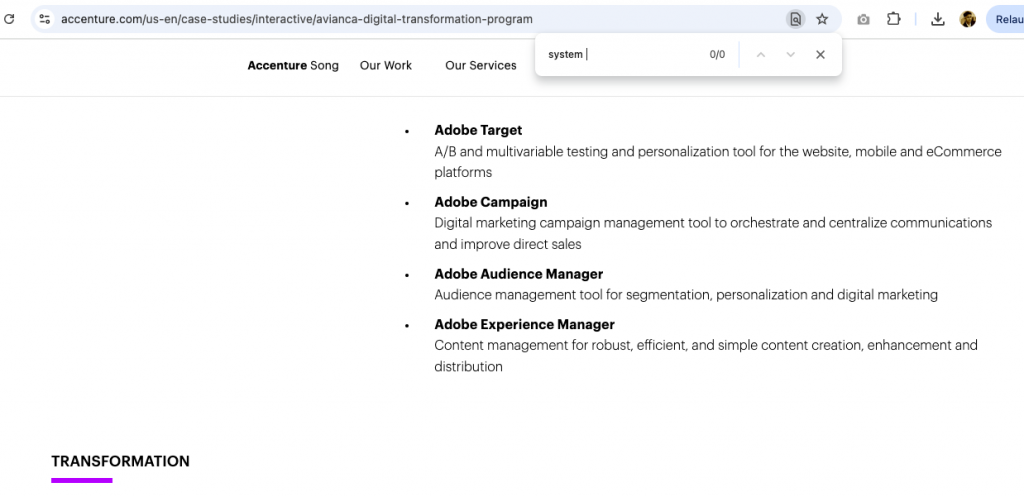One of my friends is a digital transformation consultant. One time when I asked how they work—”We work on their legacy systems to upgrade to new technology, new processes, new systems (they mean hardware), and we prove the ROI,” they replied.
We see similar stories all the time, and this is an immature and a flawed promise.
The IBM stories and examples talk about modernized tools, technology infrastructure, and a renewed customer experience. Accenture also talk about tools, operations, and customer experience (see an example). I ran a quick web page research to find if they use the word system in whatever context, but they do not.

Digital transformation has to be about system thinking first.
We are talking about TRANSFORMATION—it is not about installing a new plugin in a website. It is not about moving from JIRA to Linear for product management. This is something big and something very holistic and foundational, we call it transformation for a reason.
Digital transformation without system thinking is just a technology upgrade.
To plan a digital transformation project because the systems need a technology upgrade, and then calling this upgrade as digital transformation without a system thinking lens, is a misplaced promise.
The transition is in the people first—for their sentiment, their mental models, their internal conflicts and the struggles to build the clarity for whatever their concerns were. It is in their interconnectedness with the subsystems—how they seek information, their patterns of finding and consuming information, the communication system. Not many digital transformation projects talk about system thinking and it looks mostly about a PhP version upgrade on their servers.
This is such a missed opportunity for the client as well as for the service provider. As I said, digital transformation without system thinking is merely a technology upgrade.
This is merely an extension of the patchwork way of building products.
